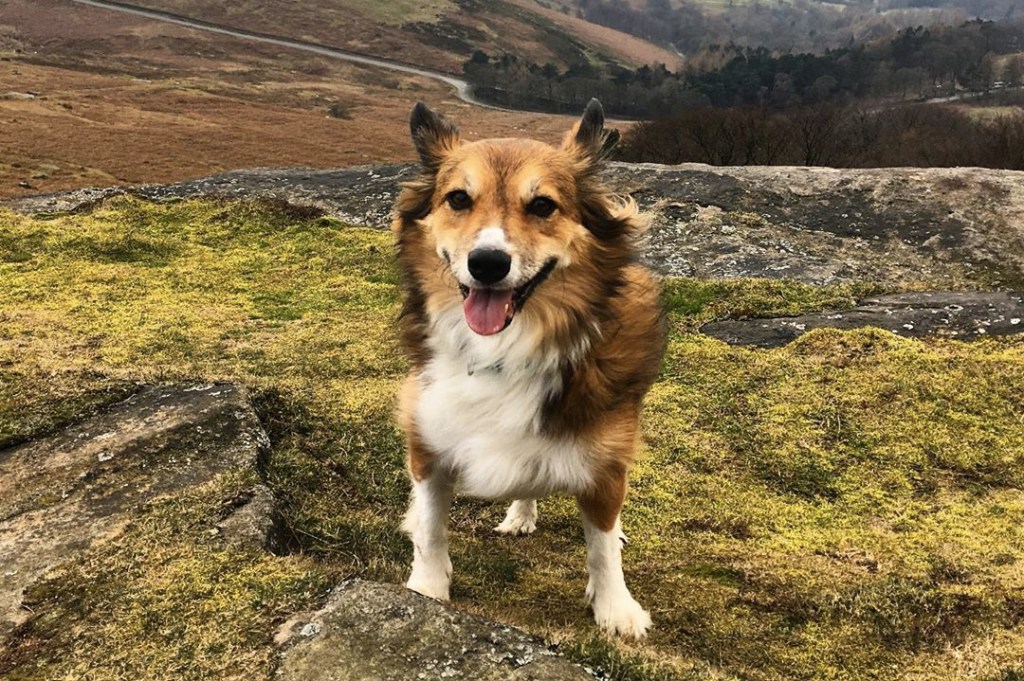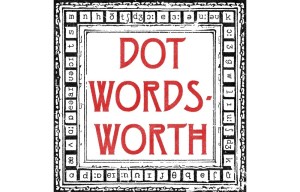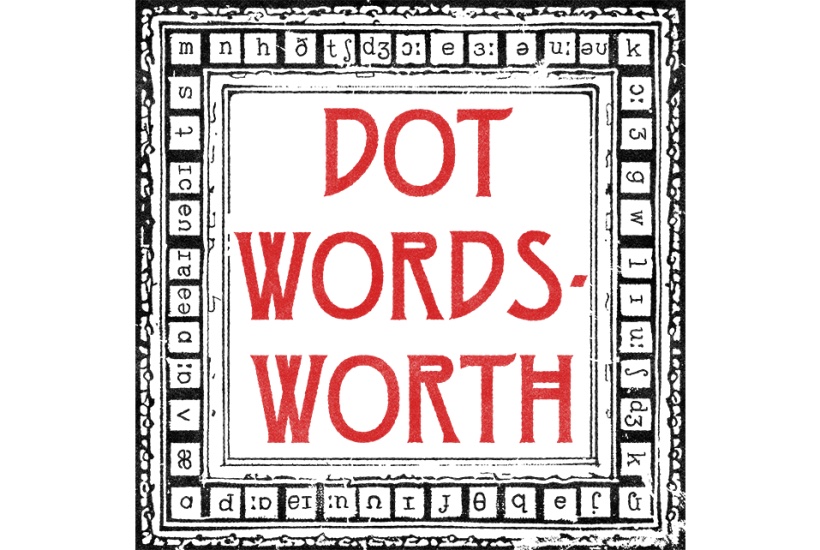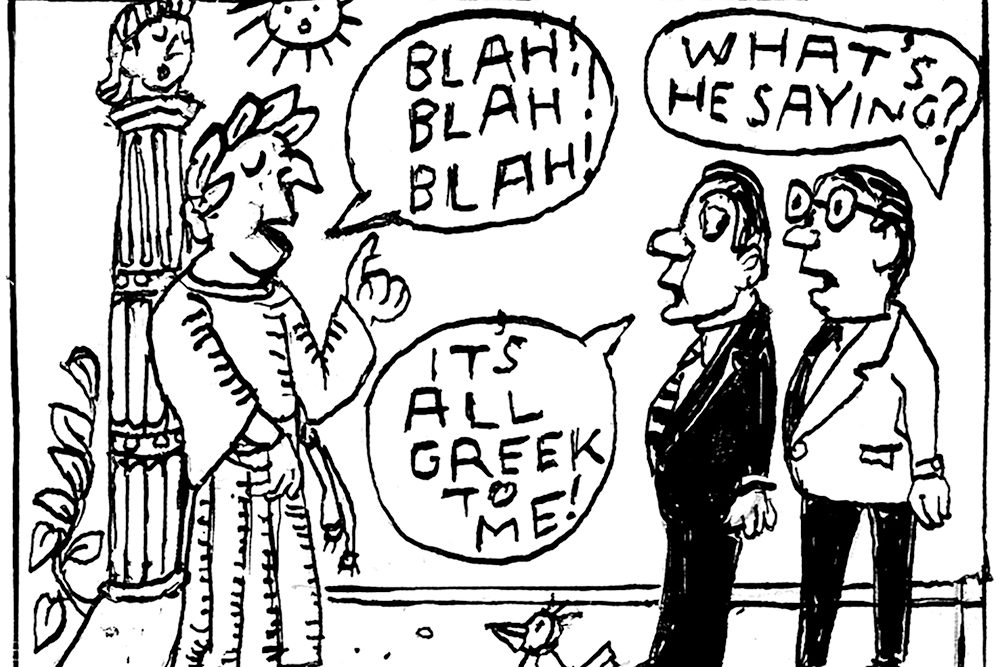America’s ‘most trusted online dictionary’, Merriam-Webster, has been making gentle fun of its celebrated originator Noah Webster.
In his Compendious Dictionary of the English Language (1806), notes Merriam-Webster’s chatty blog, Webster defined dog and cat in exactly the same way: ‘a domestic animal’.
Webster did know the difference, but as the guardians of his legacy remark about constructing dictionary definitions, ‘It’s not as easy as it looks, OK?’ That is true, for today under dog at the Merriam-Webster website, the first definition is ‘canid’.
Now canid looks like a misprint for candid. Does anyone who doesn’t know what a dog is know the meaning of canid? To be sure, Merriam-Webster soon marshals some examples: ‘wolves, foxes, and other dogs, especially a highly variable domestic mammal (Canis familiaris) closely related to the gray wolf’.
Exemplification is not exactly definition, but the variousness of dogs has ever been a leitmotif of dictionary discussions. ‘A domestick animal remarkably various in his species,’ wrote Samuel Johnson in his great dictionary of 1755, giving as examples ‘the mastiff, the spaniel, the bulldog, the greyhound, the hound, the terrier, the cur’. When Webster expanded his dictionary in 1828 into An American Dictionary of the English Language, his examples were ‘the mastiff, the hound, the spaniel, the shepherd’s dog, the terrier, the harrier, the bloodhound’. We get the idea.
Controversy was introduced by James Murray and his assistants, who beavered away in the corrugated iron Scriptorium in Murray’s garden to produce in 1897 Volume III (D and E) of the New English Dictionary, later renamed the Oxford English Dictionary (OED). The ‘numerous races or breeds’ of dog, Murray says, are ‘referred by zoologists to a species C. familiaris; but whether they have a common origin is a disputed question’.
A revision of the entry in 2010 dispensed with the references to ‘race’ and to disputed questions: ‘Dogs are believed to have been domesticated from the wolf,’ it says plainly. Instead of listing various breeds, the OED now gives a thumbnail sketch. Typically, a dog has ‘a long snout, an acute sense of smell, non-retractile claws, and a barking, howling, or whining voice’. If that doesn’t fit the mammal on your hearthrug, you may well have a cat.
This article is in The Spectator’s October 2019 US edition.





















